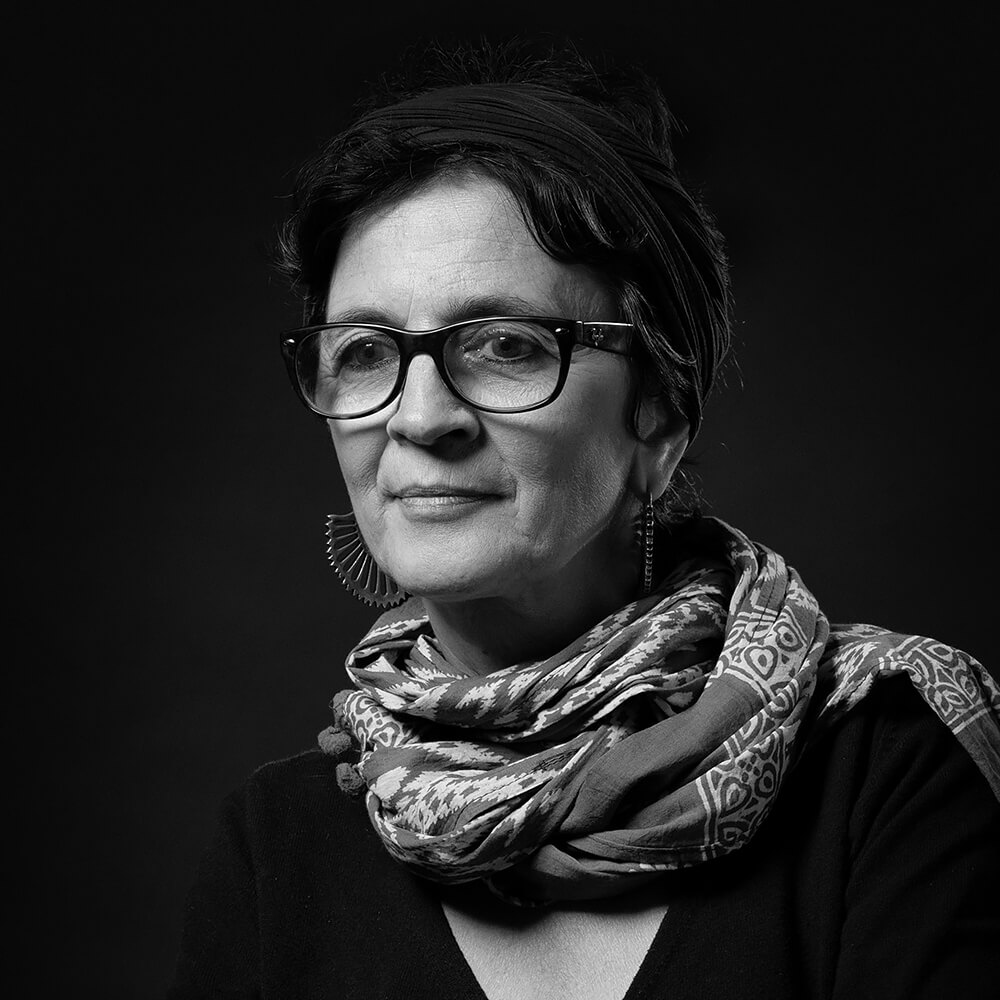I followed an artistic career path with a drawing baccalaureate, 2 years of preparatory classes at the Met de Penninghen studio, then I entered the graphic art school. This was followed by a long experience in design agencies (Design Strategy Orchestra), communication agencies (CPP) and manufacturing agencies (Vision Prod) as an employee and then as a freelancer since 1999.
It is this status that will allow me to devote myself to photography, which I discovered in the 2000s.
It was a revelation, and soon became obvious. Since then, I have been photographing worlds far and near, between a documentary approach and a resolutely artistic approach. A line of conduct, like a thread that runs through my work and gives it coherence: approaching the other, taming them, taking the time, learning their language, being forgotten, with a gaze that is always curious and fundamentally empathetic.
Four photographic editions were born from this work.
Since 2017, I devote all my time to photography.
And although I have an initial training that integrates the work of the image and a long-standing photographic practice, I felt the need to go further, to question my writing, and I have therefore attended several workshops and training courses. (Arles, Cifap, Gobelins)
In 2018, I became a member of Studio Hans Lucas
Today, the more I advance in my artistic practice, the more I approach my projects from a documentary point of view, but with an aesthetic or even plastic approach from the start. By mixing these different ways of working on my subject, I leave the imposed categories (documentary, plastic photography, etc.) to invent my own language that allows me to convey a message (environmental, social, humanitarian, political, etc.). This is the case in my latest work in India, pleas. In Bhopal, they point out the consequences of the worst chemical disaster the world has ever known, and in Rajsamand, they tell of the difficult working conditions of the miners.
Statement
An intuition, a call following the reading of an article or a book, moves me from my daily life in the metropolis and I set off to meet the other. The country is always far away, the situation speaks of a reprieve.
Through photography I seek an encounter with the other, the other in what is different about him, his way of life, his language, which I try as much as possible to learn in order to be in touch with him. I am looking for an encounter with a place that also has its own language that often says the impalpable, what does not always appear at first sight, a place to be deciphered.
In these encounters, I also seek an encounter with myself, because the other person questions me, challenges me, shakes up my preconceptions, pushes me to question myself.
In my last work on the miners of Rajasthan, I sought to pay tribute to men in pain, working in sandstone or marble quarries, working without safety clothing, for a ridiculous salary, without a work contract, and more than half of whom suffer from silicosis because they work without masks.
In most of my other photographic works, I try to bear witness but also to show a cultural heritage that is on the verge of disappearing, and to talk about those who keep it alive and often fight against a progressive assimilation.
Of course, the time needed for these encounters, for this acceptance by the communities in which I immerse myself, implies taking time. A lot of time. It is the only way to establish the links that open doors, give access to knowledge, beliefs, and sometimes even confidences.
Learning the Hindi language has helped me to better understand the personal stories of all the men and women I have photographed, to understand the distress that lies behind their dignity. I try to document the issues through personal stories that are each unique and singular.
This is what I have done here with the miners of Rajasthan, or previously with the women of Bhopal, the postmen of Rajasthan, or the Akhas of Thailand.
I offer you my view, nourished by what my encounters have revealed to me, my way of documenting it, as close as possible or with distance when necessary. A view that I hope will open up the possibility of better understanding, or at least of trying. That's already a lot.
